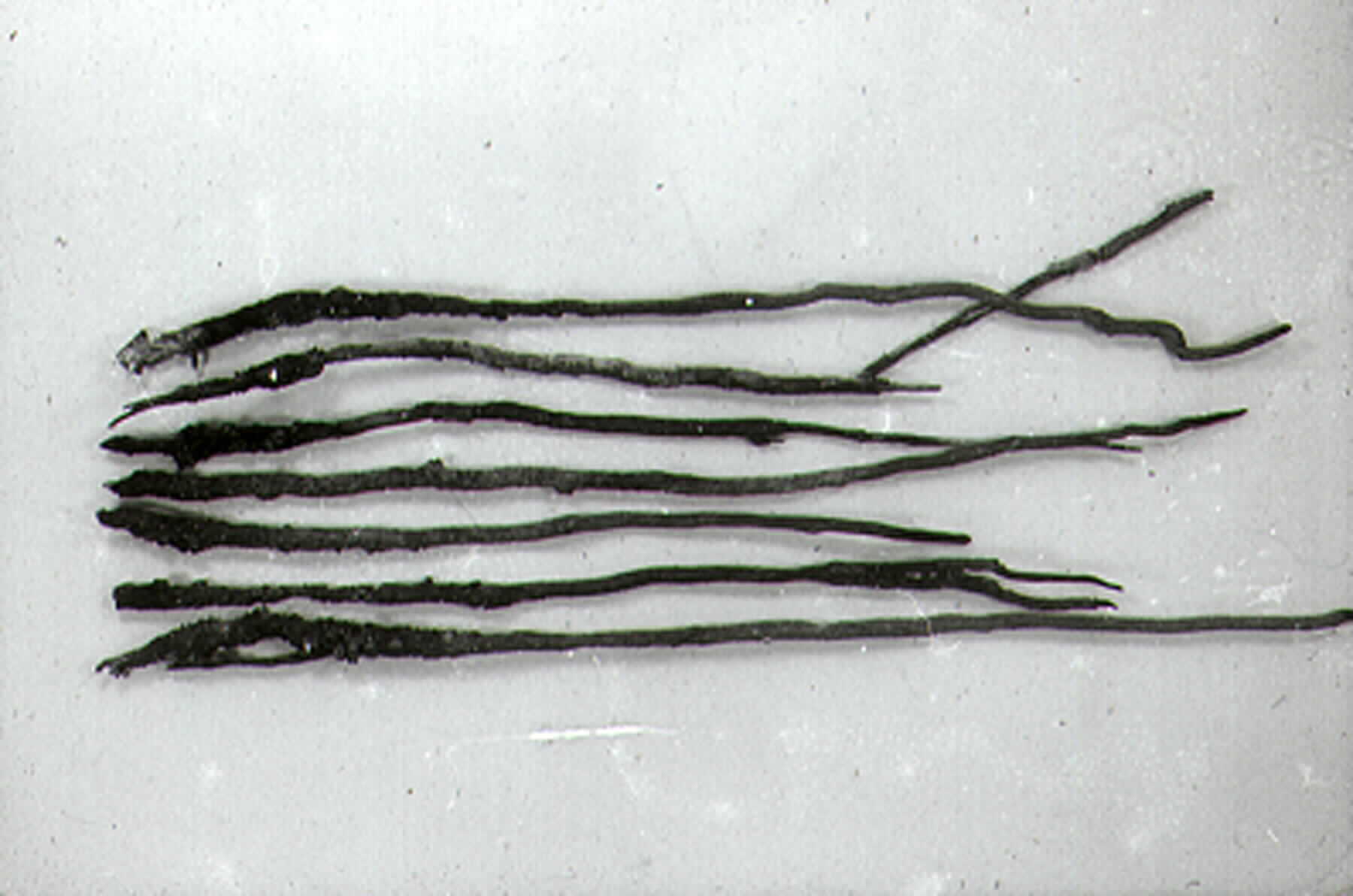Habitats |
|
|
Marine fungi have been discovered in all oceanic habitats, including coastal and oceanic waters and sediments (Kohlmeyer and Kohlmeyer, 1979). However, they are most abundant in the coastal ecosystems encompassing the estuarine habitats, brackish waters, river mouths, mangroves, tidal creeks and marshes, salinas and lagoons. There is evidence that marine fungi represent a considerable amount of biomass in the marine habitat. They thrive on high energy, particulate organic substrates and degrade them into smaller molecules by specific exoenzymes. |
|
| The most abundant source of marine fungi in the coastal environment is macrophyte detritus, such as decaying mangrove leaves, seagrasses, macroalgae and wood. Lignicolous marine fungi, or those that grow on wood have been extensively studied for their taxonomy, physiology and ecology (Kohlmeyer and Kohlmeyer, 1979; Hyde and Lee, 1995; Jones and Alias, 1997). Lignicolous marine fungi belong to Ascomycetes, Basidiomycetes and Deuteromycetes. Natural and anthropogenic wood subject to seawater inundation is a potential source of lignicolous fungi. These include : (1) Driftwood in intertidal areas; (2) Pilings; (3) Jetties; (4) Boats and catamarans and (5) Intertidal mangrove wood. | 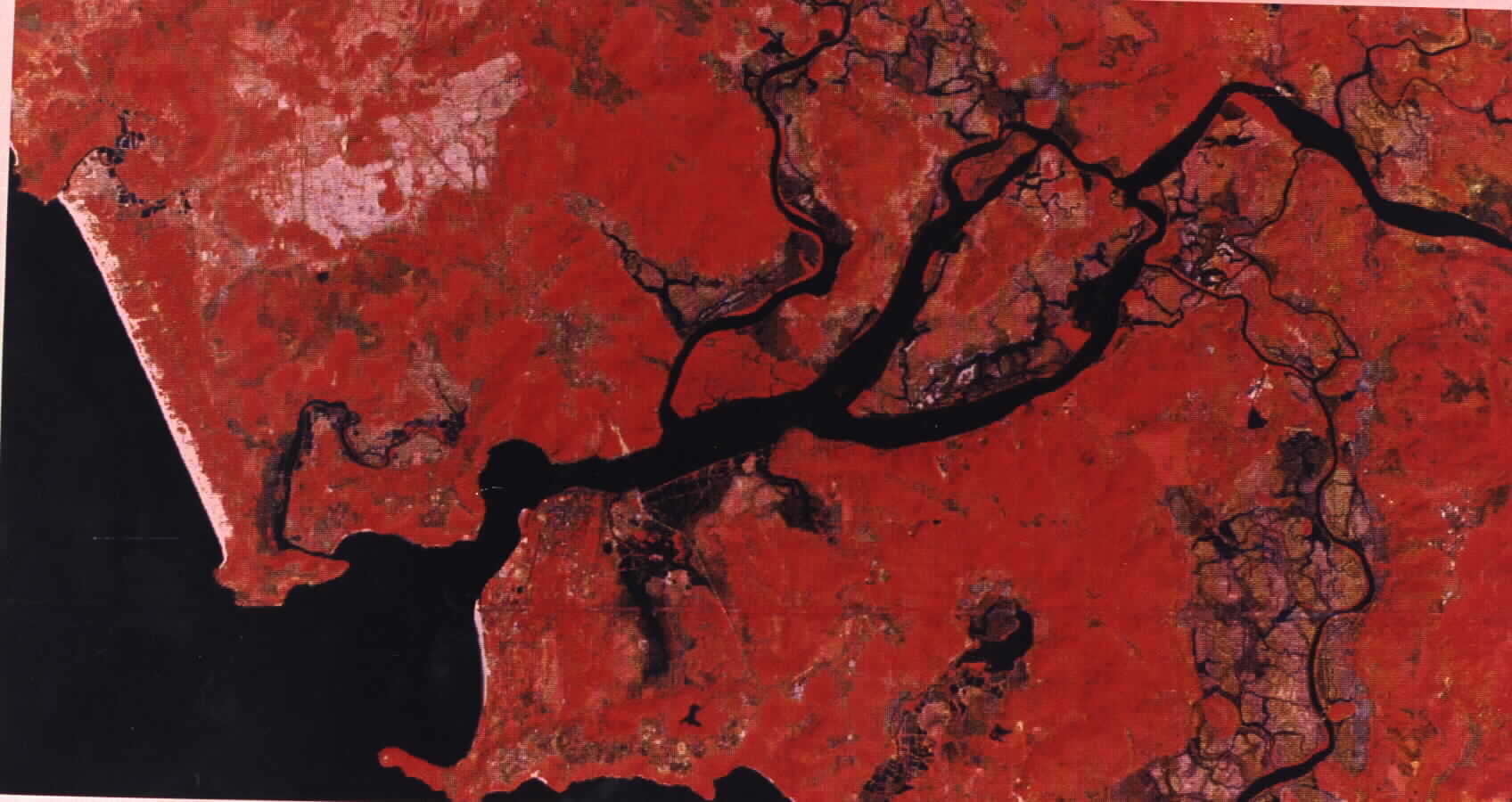 Mandovi river, Goa, India |
| Driftwood. Pieces of driftwood, or other matter that have been in the marine habitat for several weeks, as indicated by the attack of marine fouling or boring organisms, such as barnacles, algae, or shipworms and washed ashore may support marine fungi. |
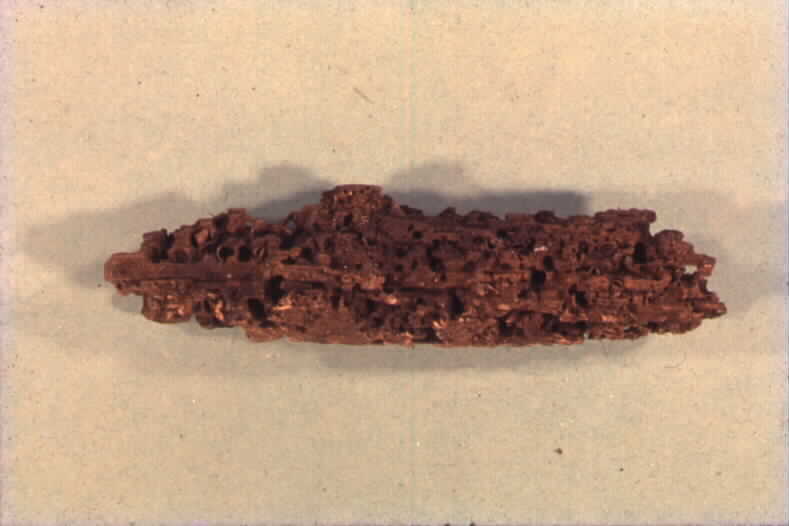 |
| Test Panels and Poles
. Marine mycologists often use wooden panels to bait fungi. In this method wooden panels are placed on a string or chain and submerged for several weeks until recovered and examined. The panels, about 15 x 13 x 2 cm, are arranged in a sandwich fashion on a nylon or polyethelyene cord 6 to 10 mm in diameter, separated from each other by washers. |
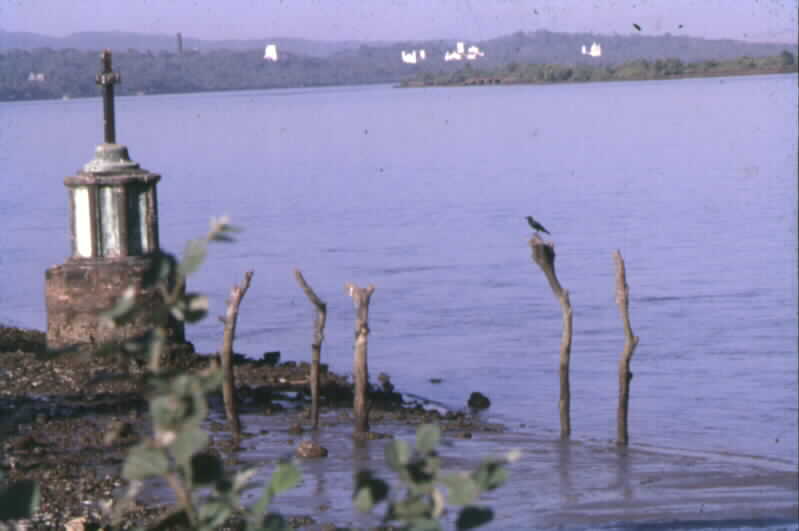 |
| Mangrove substrates. The evergreen, broad leaved trees of mangrove forests are highly adapted to the stress of flooding and salinity. Their adaptations include prop roots, negatively geotropic aerating roots, viviparous seedlings and specialized root cell membranes which prevent or reduce the entry of salt. Partly submerged trees along eroding shorelines and roots of mangroves are promising substrates for wood- and bark-inhabiting marine fungi. Fungi grown on permanently or intermittently submerged roots and branches are doubtlessly aquatic. Overlapping marine, freshwater, and terrestrial mycotas in the mangrove habitat offer fascinating opportunities for ecological studies. |
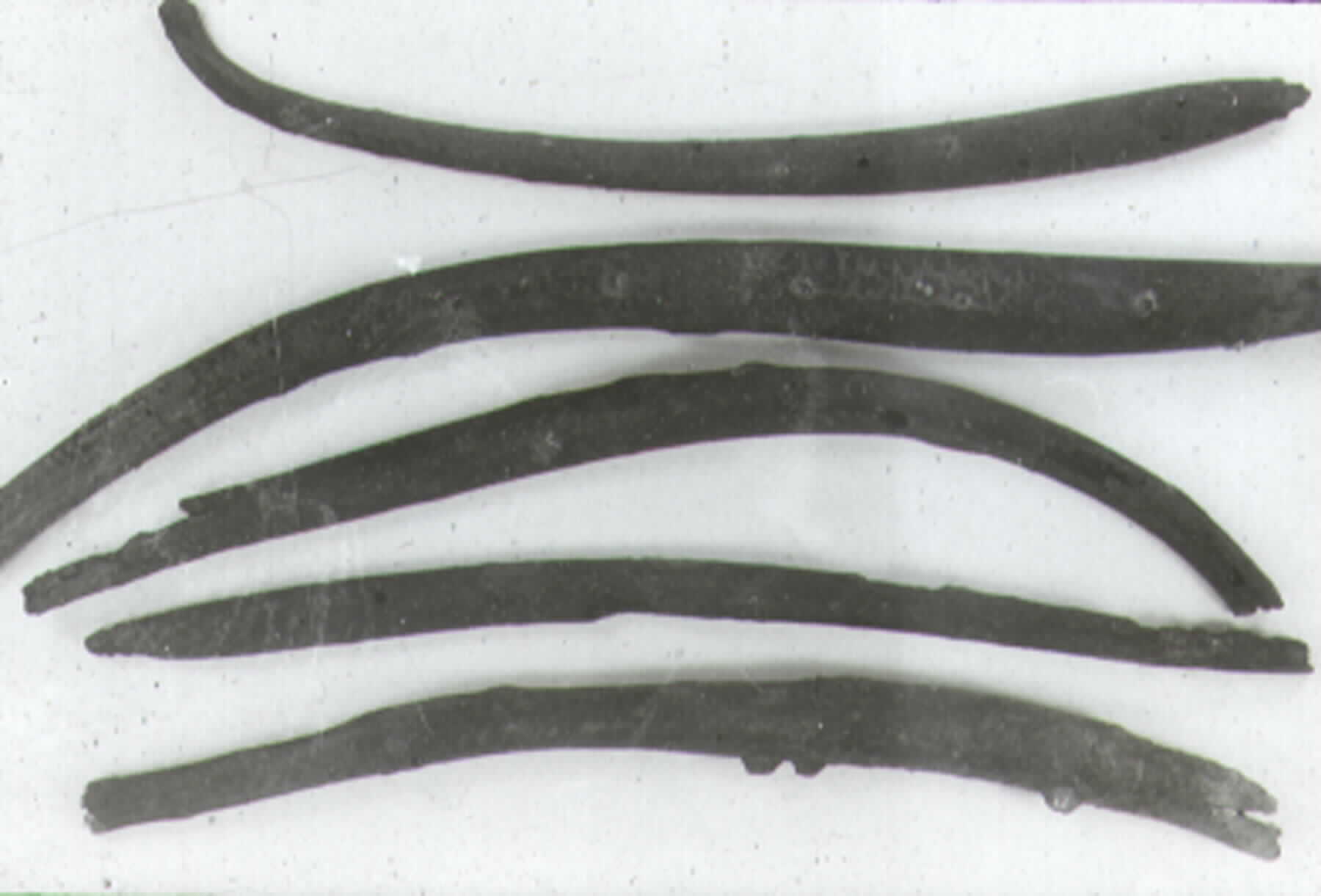
|
